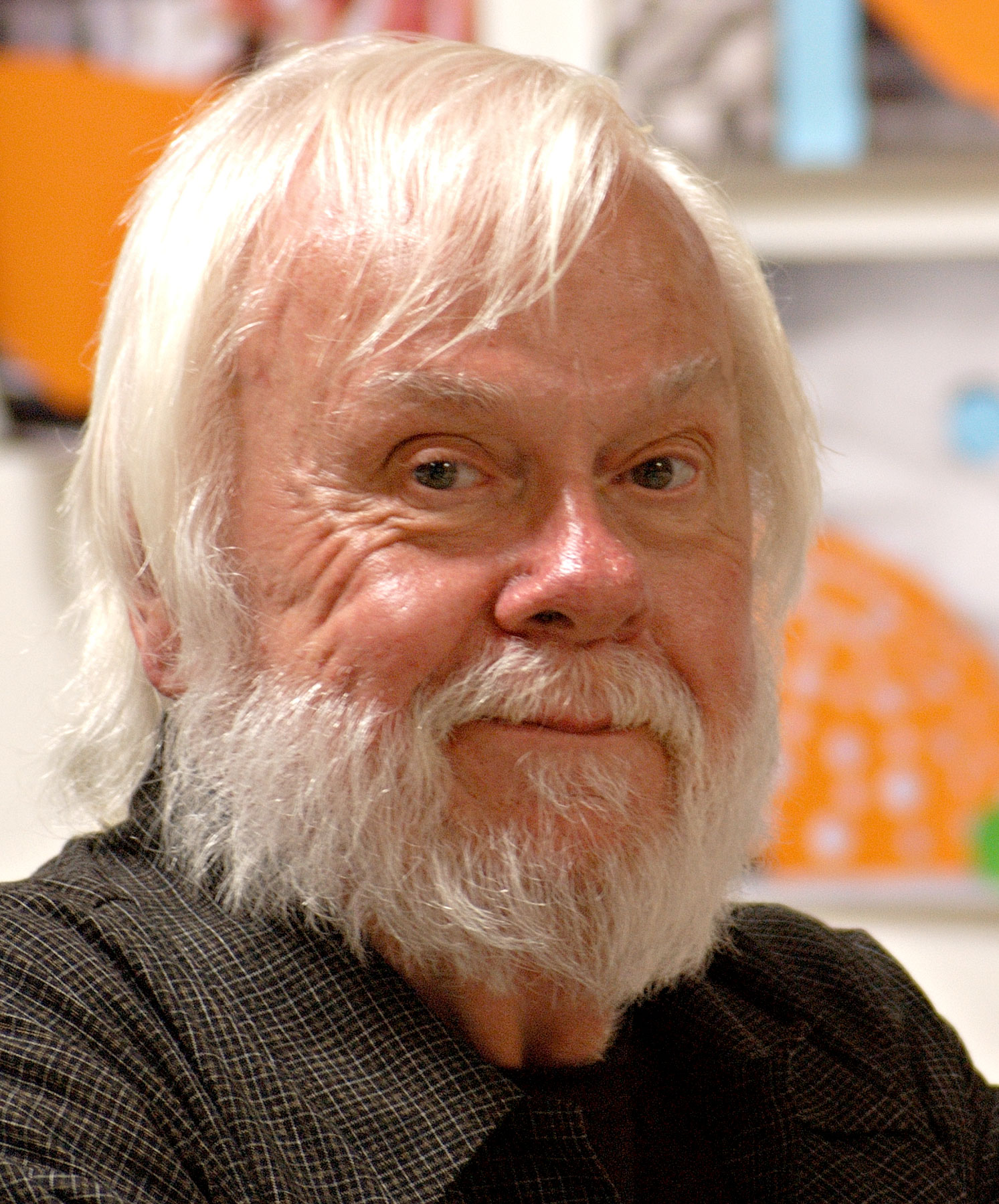
Remembering John Baldessari
Following the artist’s death a few days ago, we look back at his prodigious and influential career
The American artist John Baldessari died in his sleep on Thursday 2 January at his home in the Venice district of Los Angeles, at the age of 88.
His funeral arrangements remain a private matter, yet whatever plans have been made, Baldessari’s death will not mark the first time the artist has drawn the attention of morticians.
In the summer of 1970, Baldessari – then an art teacher and a dedicated, though somewhat frustrated painter – chose to incinerate almost all his paintings at a San Diego funeral home.
“Several local mortuaries refused to cremate paintings,” Baldessari told the New Yorker’s Calvin Tomkins in a 2010 profile. “I found one finally, but the guy said we had to do it at night.”
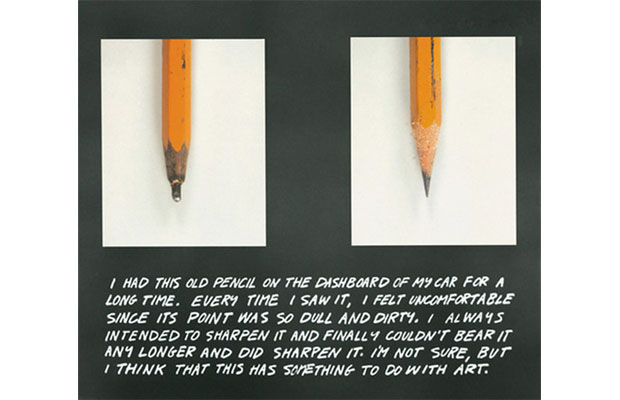
This act of destruction did not signal the end of his artistic life, but its beginning. As we explain in The Art Book, this undertaking, called The Cremation Project, “announced his transition to text-based art and photography. Blending influences from Dada, Surrealism, Pop and Conceptual art, his subsequent works explored the interrelationships between language and visual art, always interrogating the nature of art itself.”
This might sound a little academic but Baldessari’s works always display a sense of humour. “Luckily, I’m blessed with a well-developed sense of absurdity,” he told Tomkins in 2010.
That childlike playfulness, as well as a willingness to reuse and repurpose old things, can be traced back to the artist’s own childhood, in National City, California, where his father worked as a salvage dealer, and his family grew their own vegetables, raised chickens and composted their waste.
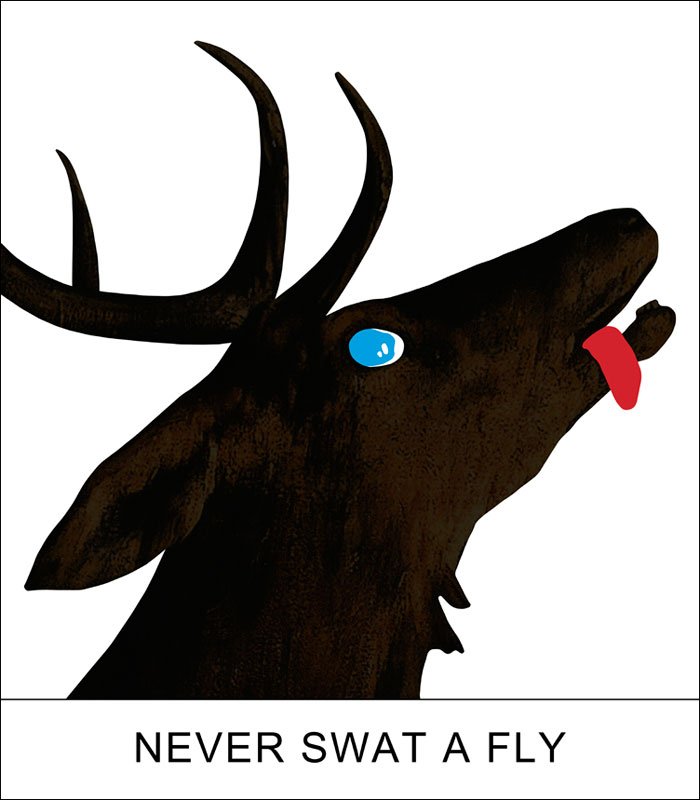
“It’s hard for me to throw anything away without thinking about how it can become part of some work I’m doing,” the artist said in a 2008 interview. “I just stare at something and say: Why isn’t that art? Why couldn’t that be art?”
A year after he burnt his paintings, Baldessari pushed the boundaries of artistic production to their limits in one of his best-known works, I Will Not Make Any More Boring Art.
Invited to stage an exhibition at The Nova Scotia College of Art and Design, but bereft of shipping or travel costs, the artist suggested students at the school could write “I Will Not Make Any More Boring Art” on a gallery wall, “to redeem themselves, or whatever,” Tomkins quotes Baldessari as saying; many of them did, and the walls were entirely covered.
Those unknown Nova Scotia students have been joined by many batter-known graduates, such as David Salle, Tony Oursler, Mike Kelley and James Welling, each of whom were taught by Baldessari at one point. That would be a fitting academic legacy for any teacher, but Baldessari was also prodigious in his artistic output, creating, according to a recent estimate, over 4,000 works during his lifetime, which range from video to performances, photography to paintings and sculptures.
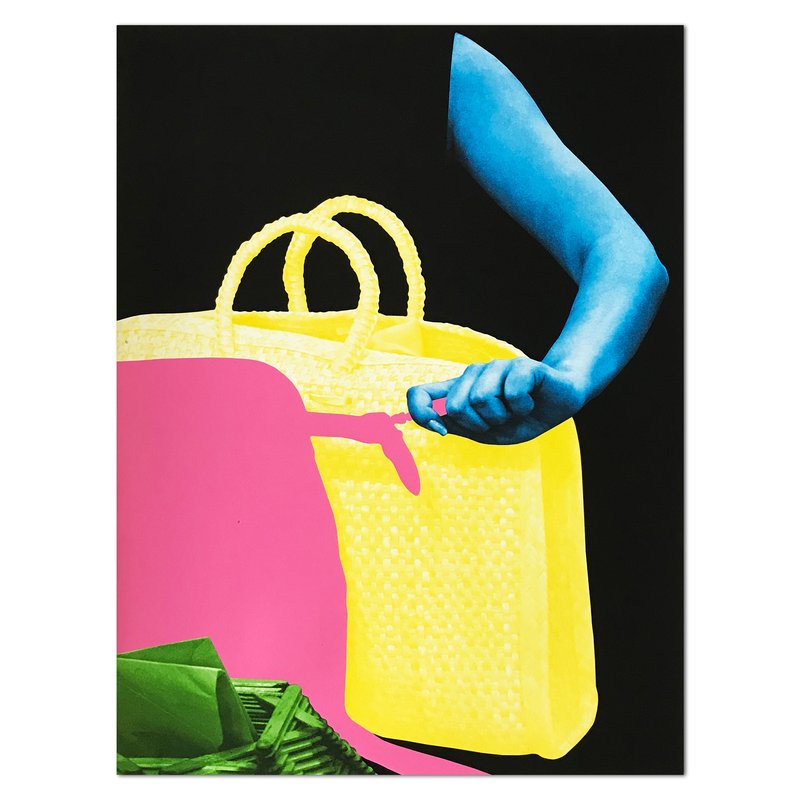
His rise in popularity, and solid position in the art market sometimes troubled the artist. “I used to wake up sometimes in a sweat, and tell myself I was just making trinkets for rich people,” he told Tomkins back in 2010.
Yet the true value of the artist’s light-hearted, but never lightweight works, lay in the way they got from the eye to the brain.
Baldessari, a greater reader, used a literary reference to explain this line of thinking. “David Foster Wallace once said that the duty of the writer is to make the reader feel intelligent, and let them fill in the gaps,” he told Tomkins, “I feel that way, too.”
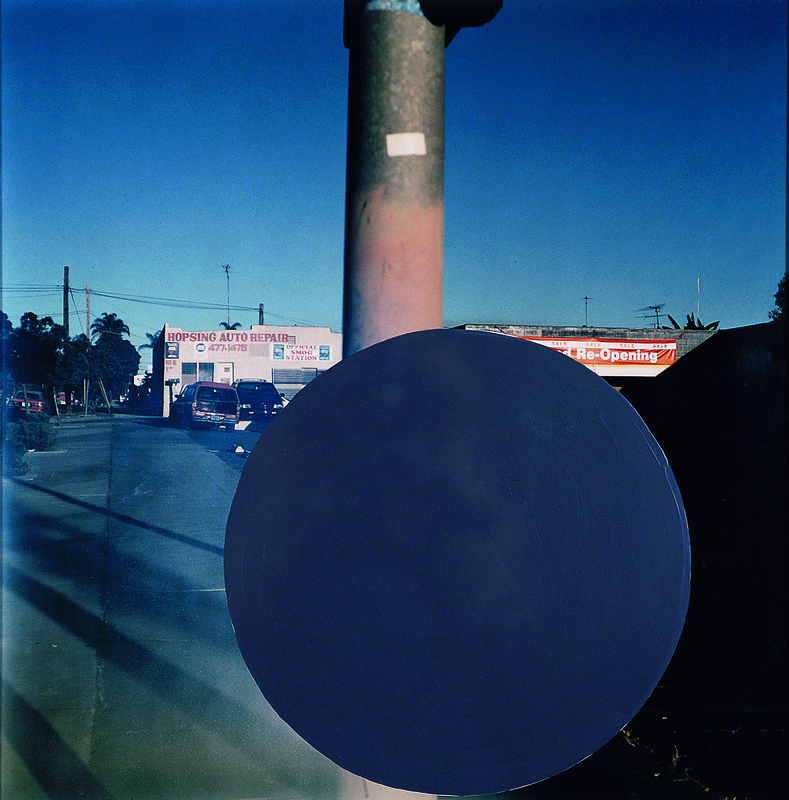
To read Tomkins full profile, as well as much more besides, order a copy of The Lives of Artists here. For more on Baldessari’s teaching techniques get Akademie X; for more on his place in the greater sweep of art history get Art in Time; and to own works by this influential artist, buy John Baldessari art over on Art Space.